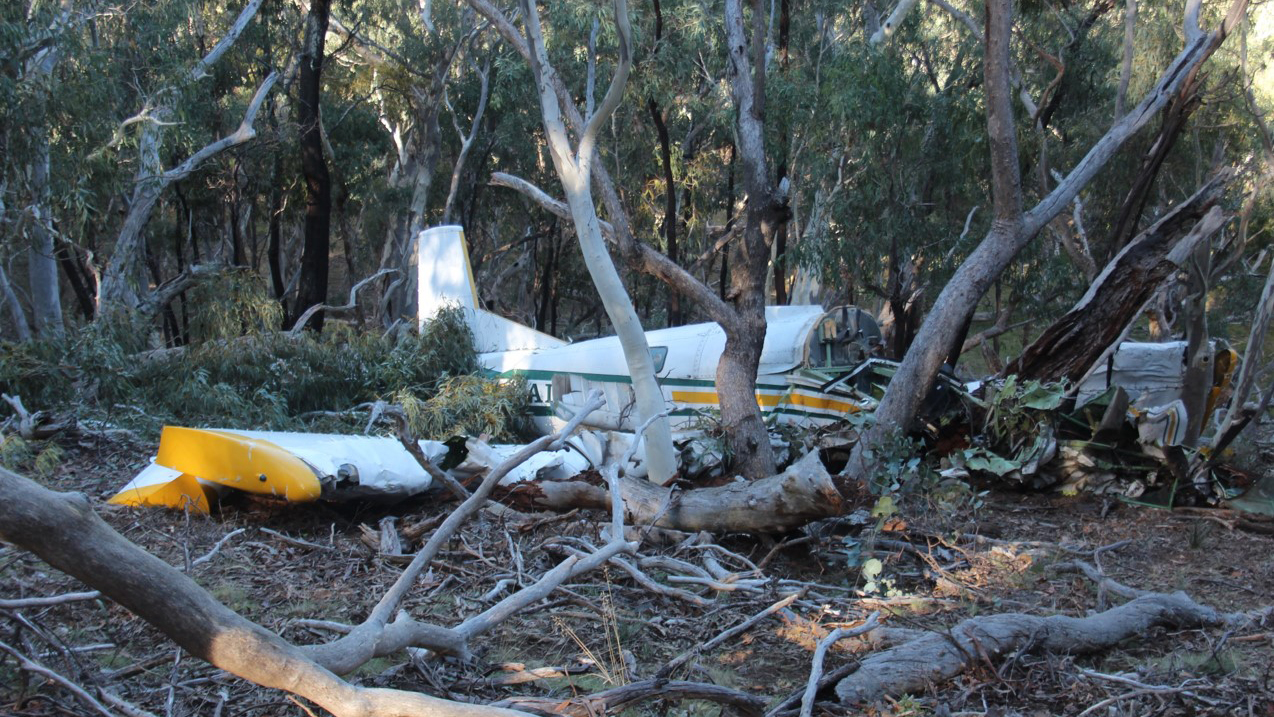
The collision with rising terrain of an FU24 Stallion aerial application aircraft highlights the importance of pre-flight planning of application runs to account for nearby terrain, an ATSB investigation notes.
The Pacific Aerospace FU24 Stallion, registered VH-EUO, was conducting aerial agricultural application operations from an airstrip 40 km north of Bathurst, New South Wales, to apply fertiliser and seed to grazing land.
At about 2:05pm, the Stallion (a TPE331 turboprop conversion of the FU24 Fletcher) took off from the airstrip for the second flight of the second job of the day. When the aircraft did not return as expected, the loader raised the alarm and a search for the aircraft was launched. Early the next morning, the wreckage of the aircraft was found in dense scrubland to the east of the application area. The pilot had sustained fatal injuries as a result of the accident.
The ATSB investigation found that shortly after the end of the third application run, the aircraft was flown into an area of rising terrain that was outside the normal operating area for the job site. While repositioning the aircraft for the fourth application run, it was likely that the aircraft stalled at a low altitude, resulting in a low-speed, low-energy collision with wooded terrain part way up an approximately 28˚ slope rising to the north.
This accident highlights the importance of pre-flight planning of application runs to account for nearby terrain.
With no evidence of any defect with the aircraft that would have contributed to the loss of control, the investigation explored several possible factors that may have contributed to the loss of control, including birdstrike, pilot distraction and mishandling of a procedure turn. However, the ATSB investigation was unable to determine the reason for the loss of control, based on the available evidence.
“The ATSB is reminding operators and pilots of the dangers of aerial application near rising terrain,” ATSB Director Transport Safety Stuart Macleod said. “This accident highlights the importance of pre-flight planning of application runs to account for nearby terrain.”
An on-site visual inspection of the aircraft’s hopper identified that the hopper was approximately half full. The position of the hopper outlet control and dump control levers and the half-load in the hopper were indicative of the hopper’s contents not being dumped or applied in the lead-up to the collision with terrain.
“Although it could not be established that not dumping the hopper contributed to this accident, in an emergency, reducing the aircraft’s weight by dumping the hopper load will optimise an aircraft’s flight performance,” Mr Macleod said.
“As the Aerial Application Association of Australia (AAAA) pilot’s manual states, ‘The only safe rule is ‘if in doubt, dump’.”
Read the final report: Loss of control and collision with terrain involving FU24 Stallion, VH-EUO, 40 km north-east of Bathurst, New South Wales, on 16 June 2017


